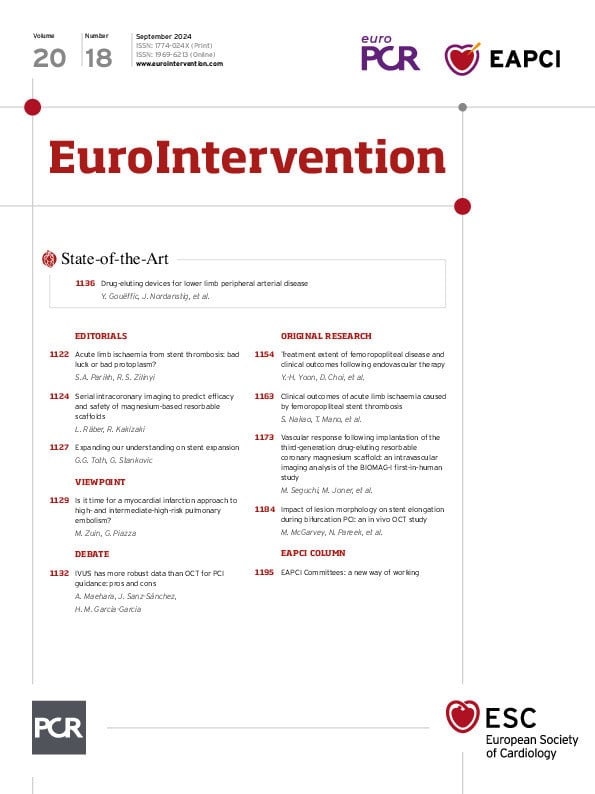The theme of the 2024-2026 EAPCI Presidency is #RISEANDLIFT with three key strategic driv- ers: inclusivity, transparency and meritocracy. For the election of the 2024-2026 EAPCI Board, voting was expanded to include voting for PCR representatives and the nominating committee positions, which historically were appointed.
With the expansion of voting and the presidential theme in mind, an open call for membership in the 2024-2026 EAPCI Committees was held. The aim of this open call was twofold: one, to match committee membership with the entire spectrum of EAPCI members, and two, to obtain a directory of the key areas of expertise of EAPCI members in order to broaden opportunities for participation in future EAPCI events. All interested EAPCI members were invited to complete an application form indicating the committee they preferred to serve on, as well as their motivation for participating in this committee.
The 2024-2026 EAPCI Committees have been expanded to include a new committee for educational content, courses and webinars. This committee will further develop EAPCI educational content online and develop focused educational modules which will be available onsite, online and in hybrid versions to target the needs of specific communities. The International Affairs and Partnerships Committee has separated from the National Society Committee to increase the cooperation with societies and groups outside EAPCI countries. The EAPCI Research, Digital and Innovation Committee has been divided into the EAPCI Scientific Research and Initiatives Committee and the EAPCI Digital and Innovation Committee to reflect the significant advances in both fields. Finally, a new committee dedicated to structural heart disease reflects the significant expansion of structural heart disease and transcatheter interventions.
The EAPCI open call for committee members was launched on 7 May 2024 and was extensively promoted via social media and the EAPCI newsletter and bulletin. Interactions with the National Society Presidents at the summer summit helped us to understand that, despite the previous work of the EAPCI Committees, not all members are present on social media and penetration of the EAPCI newsletter is still suboptimal. In an effort to resolve this, each National Society/ Working Group President has now received correspondence to distribute to their colleagues.
The call for members was extremely successful with 301 members applying for roles within the new committees, and each EAPCI member country is represented with Italy, Germany, and Poland leading the way. The EAPCI Young Committee, followed by the Structural Heart Disease and Scientific Documents Committee were the most popular committees. The high number of very qualified applicants lead to challenging discussions as to how to best complete each committee and, following approval from the EAPCI Executive Board, committee members will be publicly announced. Future EAPCI columns will focus on the important work of each committee.

